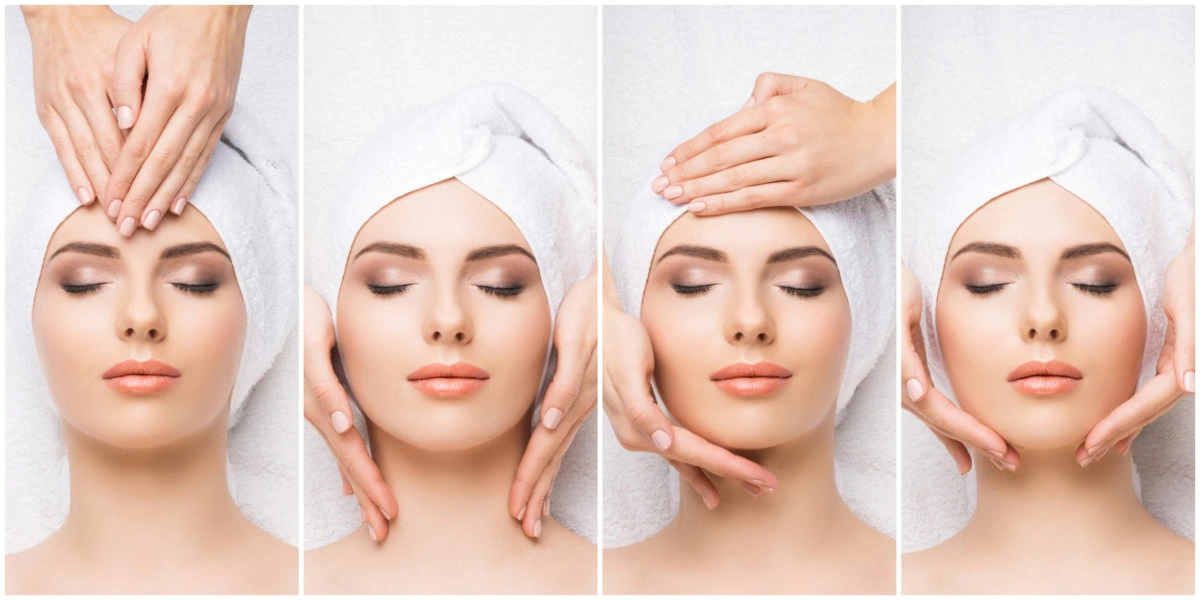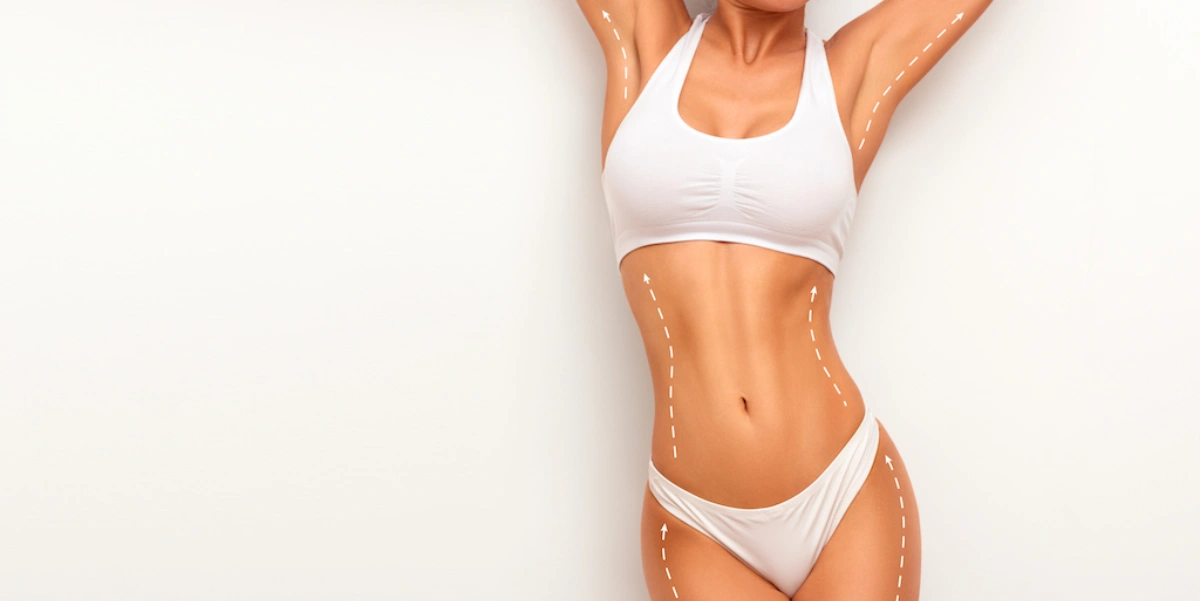Tired, achy legs are holding you back from the life you crave. Does the very thought of summer and slipping on a swimsuit send shivers of insecurity down your spine? Varicose veins, those bulging, twisting tributaries, can be more than just a cosmetic concern. They can be a constant source of physical discomfort, a nagging reminder that your body isn’t what it used to be. But what if we told you there’s hope? Varicose vein treatment in Jeddah, and Riyadh, Saudi Arabia provides the opportunity to restore your confidence and return to the sunshine pain-free.
Many people suffer from varicose veins. Heavy and swollen legs are one of the most common symptoms that worsen over the day. Varicose veins cause twisted, swollen veins. Varicosities can develop in any superficial vein, but the legs are the most commonly affected. The reason is simple: standing and walking upright puts more strain on the veins in your lower body.
The goals of varicose vein treatment in Jeddah and Riyadh, Saudi Arabia, are to alleviate symptoms, avoid complications, improve appearance, and keep varicose veins from worsening. This cosmetic clinic in Jeddah offers several treatments available in Jeddah and nationwide. We will go over the most common treatment choices, including surgery, and give you valuable information to help you make an informed decision about your care.
Varicose veins are twisted, bulging veins that typically appear dark purple or blue in hue. These veins typically develop in the legs and feet. They occur when the valves in the veins that let blood flow back to the heart become weakened or damaged, causing blood to pool and stretch the veins. They can produce pain or discomfort, such as achy or heavy legs. While there is no cure for varicose veins, many treatments can help to lessen their appearance and discomfort. Age, pregnancy, weight, or heredity can cause them to affect more women than males.
While they are usually not a serious health concern, they can occasionally develop into more serious problems if left untreated. For many people, varicose veins, or spider veins (a common, mild variant of varicose veins), are just a cosmetic issue. Varicose veins can create excruciating pain and discomfort for others, as well as more significant concerns in the long run.
Varicose veins treatment can have a variety of outcomes. Varicose vein surgery can alleviate or eliminate symptoms such as discomfort, edema, and itching in more than 80% of patients. Following treatment, varicose veins may appear better. The complications are uncommon after varicose vein surgery. It can improve your quality of life.
The following are some of the key benefits of varicose vein treatment:
Fortunately, Cosmetic Clinic Jeddah offers a wide range of minimally invasive procedures!
Sclerotherapy involves injecting a solution into veins, scarring them, and closing them. After a few weeks, the veins should fade. Sclerotherapy, when performed correctly, effectively treats varicose veins, even if multiple injections are necessary in the same vein. It does not require anesthesia. This is best suited for small and medium-sized varicose veins.
Foam sclerotherapy involves injecting a solution into scarred veins and closing them. After a few weeks, the veins should fade. Sclerotherapy, when performed correctly, effectively treats varicose veins, even if multiple injections are necessary in the same vein. It does not require anesthesia. This works best on large varicose veins.
Saphenous vein ablation, also known as endovenous ablation, is a minimally invasive, image-guided procedure. Radiofrequency energy heats the vein walls to seal off the targeted veins. As a result, the vein walls collapse, effectively closing and sealing the vein.
This procedure is less invasive. However, it is as effective as more invasive treatment options.
Only in severe cases are saphenous vein ligation and stripping performed. It entails tying off and removing the affected vein through small incisions. We stitch the incisions and reroute blood flow to the deep veins. We perform this procedure under anesthesia, and the results are excellent.
Recovery time ranges from 1 to 4 weeks. The type of work you do, as well as your overall health, determine your return to work and daily life.
A phlebectomy is a minimally invasive surgical procedure that removes surface varicose veins. It is known as an “ambulatory phlebectomy” because the patient is usually able to walk right after the procedure. It consists of tiny needle punctures made over the varicosities to gain access to the vein. We then gently remove the vein, leaving little to no scarring. We perform this in-office procedure under local anesthesia.
Following the procedure, compression stockings will be required for a short period of time. It is a simple, effective method of treating varicose veins with a low risk of complications.When used on the correct patients, long-term success is around 90%, and most patients report little to no pain afterward.
Endoscopic vein surgery may be necessary if you have exhausted all other treatment options and your varicose veins are still causing you medical problems. Your surgeon will insert a thin video camera into your leg to visualize and close varicose veins. Your surgeon will then remove the veins using small incisions.
This is typically an outpatient procedure.
A vein specialist may consider you an excellent candidate for varicose vein treatment in Jeddah and Riyadh, Saudi Arabia, if you have any of the following features:
The symptoms of varicose veins are:
To identify varicose veins, your doctor may perform a physical exam and ask you questions about your symptoms, family history, exercise habits, and lifestyle. Your doctor may also utilize imaging tests, including:
The goal of varicose vein treatments is to destroy or close off malfunctioning veins. There are a few ways to achieve this. Sclerotherapy involves injecting a solution into the vein, which irritates the lining and causes it to scar and shut. Catheter-based procedures use radiofrequency or laser energy delivered through a thin tube to heat the vein from the inside, causing it to collapse and seal.
In surgical procedures, doctors tie off the vein and may remove it altogether. These treatments improve circulation and can reduce pain, swelling, and other bothersome symptoms.
Before beginning varicose veins medical treatments,
Varicose vein treatments can include medical procedures and home remedies.
After varicose vein treatment, you should take care of the incision sites and avoid strenuous exercise. Here are some recommendations for laser treatment for varicose veins post-treatment care:
Local anesthetics and advanced treatment equipment have made varicose vein treatments widely regarded as minimally invasive and virtually painless. Patients normally only feel a small sting from the anesthetic injection. Endovenous laser ablation and radiofrequency ablation, for example, require the injection of a tumescent anesthetic to numb the leg and vein prior to treatment. Sclerotherapy frequently employs very thin needles to inject a fluid into the veins, which patients generally tolerate.
The amount of downtime required following varicose vein treatment varies depending on the procedure employed and your overall health. Most treatments are minimally invasive and entail little downtime, with some patients returning to work and normal activities within a few days. However, full healing can take 6–8 weeks, and you should expect some soreness and bruising along the vein that will subside after 1-2 weeks.
For some patients, one session is sufficient to treat their issues. Others may see the best effects if they return for a follow-up treatment six weeks later. The number of veins treated primarily determines this. After two or three weeks, your veins should start to look better.
In Jeddah and Riyadh, Saudi Arabia, varicose vein treatment costs range from SAR 5799 to SAR 1000. On average, the affordable varicose vein treatment price starts at SAR 5800. The price may vary depending on a variety of factors, including the number of sessions required, the type of treatment chosen by the patient, the surgeon’s expertise and experience, and the clinic’s location.
Varicose veins are swollen veins that can be uncomfortable and cosmetically unappealing. Aside from publicly available self-care treatments, there are numerous treatment choices, with prices ranging from SAR 5799 to SAR 1000 per procedure without insurance.
Catheter-based procedures use radiofrequency or laser energy. Larger varicose veins are the most common target for this procedure. A healthcare worker inserts a tiny tube called a catheter into an enlarged vein. Radiofrequency or laser radiation warms the catheter tip.
Varicose veins are not medically treatable. Rather than repairing a varicose vein, we collapse it entirely and redirect blood to another vein. So the vein is still there, just dormant. In some cases, we may remove the affected vein.
Varicose vein treatment at our cosmetic clinic in Jeddah offers the best solutions for this common condition. Our experienced team uses advanced techniques to effectively treat varicose veins, improving both appearance and discomfort. With personalized care and a focus on patient satisfaction, we ensure the best results for a healthier, more confident you.
Contact Cosmetic Clinic Jeddah for a free consultation and see what Varicose Vein Treatment can do for you!
Tags:
Varicose Vein Treatment
Facials are the best treatment you can give your face, but they must be relaxing

People love to keep themselves well-maintained and aesthetically fit, but someti

The world of tasty food is evolving, and so are foodies. Only eating and enjoyin